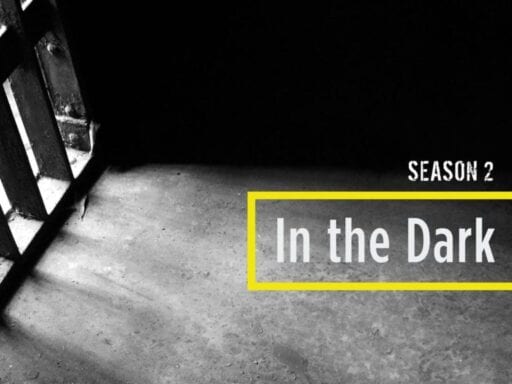
The terrific series, examining flaws in the criminal justice system, stands up for old-fashioned reporting.
In an era when the media isn’t trusted by huge swathes of people and when the president himself cries “fake news” at every opportunity about stories he doesn’t like or finds inconvenient, I’m fascinated by how different outlets are trying to navigate the shoals of reader distrust and confusion.
I frequently find myself wondering if many publications are written less for their readers than for other journalists. They rely heavily on a certain amount of savvy not just with the subjects journalists cover, but with the mechanics of journalism itself.
In my chosen field of entertainment journalism, there are certainly publications where the intended audience is incredibly savvy about these things. A piece I write about the economics of the television industry will have to cover more of the nuts-and-bolts basics than one in, say, Variety, because the presumed audience of Variety is made up predominantly of people already in that industry, whereas my presumed audience probably doesn’t spend a lot of time thinking about who’s going to get the streaming rights to Killing Eve. (The answer to that question, by the way, is Hulu, though the program isn’t there yet.)
But in all of these stories — and especially in political journalism — there’s a kind of arcane mystery around how the story came to be. In some cases, that makes sense. If you’re trying to obscure the identity of a source who put their career or life in harm’s way to contact you, that’s a terrific argument for hushing up some of the reportorial legwork. But we can all think of a time when a story seemed flimsy and the reporter didn’t do a great job of revealing how they had reached their conclusions. (If you’re a journalist, you might even think of some times when that was true of a story you wrote — I certainly have.)
This is one of the reasons the podcast In the Dark works so well. Each season tackles a new unsolved crime as a window into problems with the American justice system. The show’s reporters are invested not just in presenting their findings to the audience, but in showing the audience all of the work that went into them — sometimes quite literally.
One episode in the second season spent several minutes on the reporters’ efforts to dig through countless numbers of files in an old, little-used facility that had become a dumping ground for such materials. Microphones captured them as they sifted through the files, and time was even spent on how the place smelled. If you really wanted to see images of the facility, you could find a video on the show’s website.
The season examines the case of Curtis Flowers, a Mississippi man tried six times for the same series of murders, with the first five trials ending either in convictions overturned by higher courts or in mistrials. The topic is fraught in Winona, Mississippi, the town the reporters lived in for a year reporting the story. Opinions on Flowers’s guilt break down largely along racial lines, and the racial makeup of the juries trying Flowers, who is black, has been an important factor in why his conviction has been overturned so many times.
So this process of showing the work isn’t just an artistic choice (though I think it adds greatly to the depth and breadth of the narrative In the Dark unspools). It subtly shows that the conclusions the season leads audiences to draw — particularly the conclusion that the case against Flowers is incredibly flimsy at best — are backed by hours upon hours of hard work. If you want to disagree with what the show’s reporters have found, fine. But you can’t pretend they’re making up facts as they go, because they spend so much time showing you how they found those facts.
What’s more, the show’s host and lead reporter, Madeleine Baran, told me during the most recent episode of my podcast, I Think You’re Interesting, that this sort of process-oriented storytelling extends to the methodical approach of building relationships throughout the little town of Winona. She says:
When you go and you report on something other than politics, and you show up in a town, and you’re there for a really long period of time, and it’s clear that what you’re trying to do is actually find something out, that you’re doing your work as a reporter to build trust with people. So you get to a point where you’re not a generic reporter, who stands for all reporters that they think have done something wrong. You’re this reporter — who’s being careful, who’s talking to people, who’s talked to some of your friends. It’s spending the time.
Now, the In the Dark team is an investigative reporting unit dedicated to simply reporting this one story over as much time as it needs. Reporters who might have to travel briefly to a city to report on a story, then leave again once the story is filed, don’t have the same sort of luxury. But all the same, I find the In the Dark approach to be a strong one for standing up for the integrity of journalism and for creating a riveting story. Every time I might think the show didn’t hold together in the end, I remember all of those files, and that smell, and all the effort the reporters went into to sometimes literally uncover the truth.
For more with Baran and more insight into how In the Dark approaches making one of my favorite podcasts, listen to the full episode.
To hear more interviews with fascinating people from the world of arts and culture — from powerful showrunners to web series creators to documentary filmmakers — check out the I Think You’re Interesting archives.
Read More
https://cdn.vox-cdn.com/community_logos/52517/voxv.png


